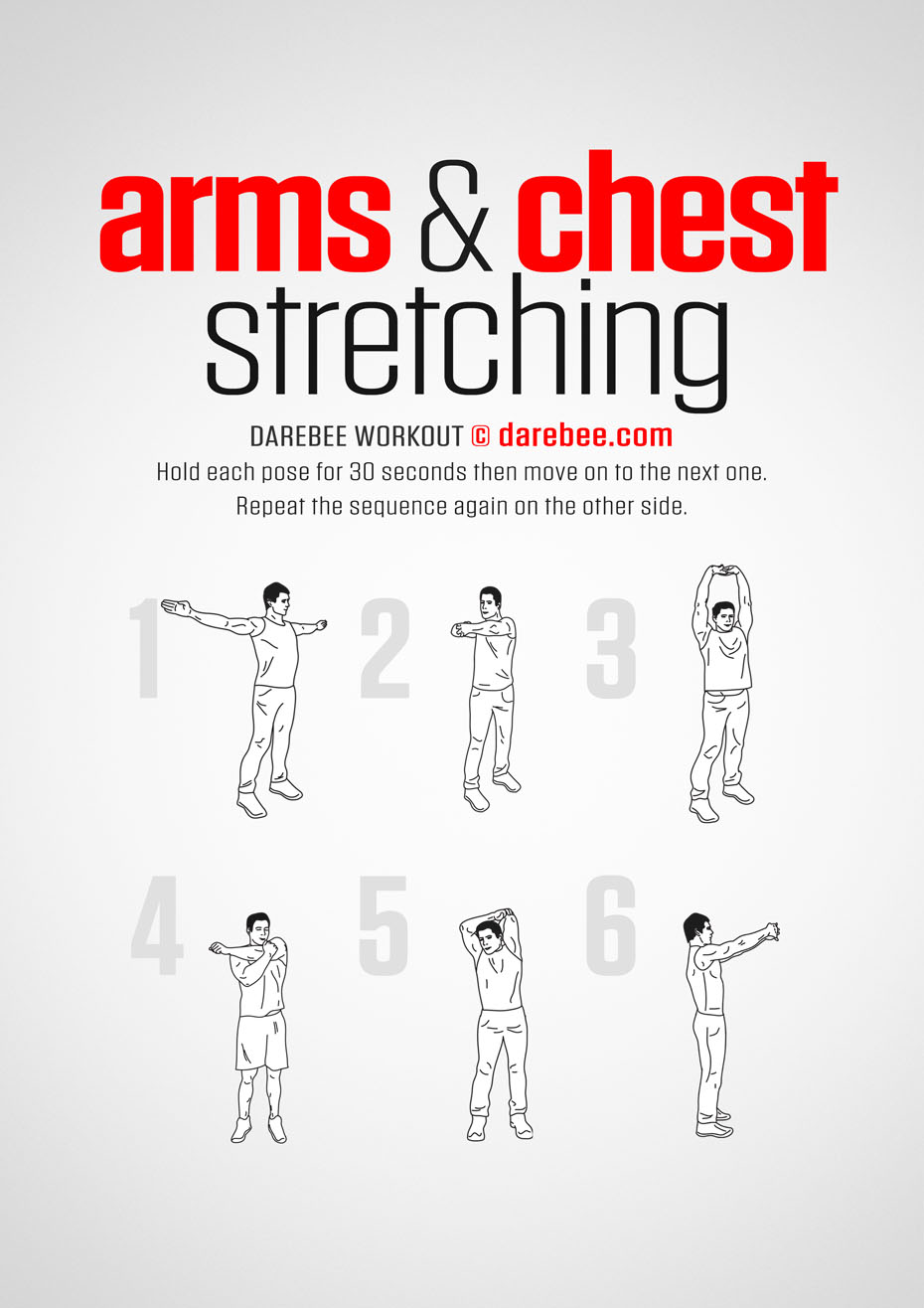7 Addressing Arms and Chest
Prevention Tips:
💪 Lift Smart – Keep loads close to your body and lift with your legs, not your back.
🔄 Switch Tasks – Avoid prolonged repetitive motions—change grip positions and take breaks.
🐂 Stay Alert Around Livestock – Be cautious when working in close quarters.
🔧 Use Proper Tools – Wear gloves with good grip and ensure tools fit your hand size.
🎯 Strengthen & Stretch – Shoulder and wrist exercises improve endurance and flexibility.
What to Do If Injured:
🩹 Strains & Tendonitis – Rest, ice, and avoid repetitive movements until healed.
🛑 Fractures & Severe Pain – Immobilize the area and seek medical attention.
⚠️ Rib Injuries – Limit movement and seek care if breathing becomes difficult.

Additional Considerations:
💪 Lift with Care – Keep heavy loads close to your chest, use both arms, and lift with your legs—not your back or shoulders.
🔄 Avoid Overuse – Repetitive motions like hammering, gripping, or fencing can cause tendonitis—switch hands when possible and take short breaks.
🐄 Protect Your Chest Around Livestock – Keep a safe distance, avoid standing directly in front of large animals, and use handling equipment to prevent kicks or sudden impacts.
🔧 Secure Equipment Properly – Loose chains, gates, or tools can swing and cause chest or arm injuries—double-check latches and secure all moving parts.
⚠️ Listen to Your Body – Sore shoulders, tight wrists, and aching elbows are warning signs—adjust your work methods and seek care before small pains become long-term problems.
Cleveland Clinic. (2025). Chest pain: What it feels like, causes & treatment. Cleveland Clinic. Retrieved February 20, 2025, from https://my.clevelandclinic.org/health/symptoms/21209-chest-pain
